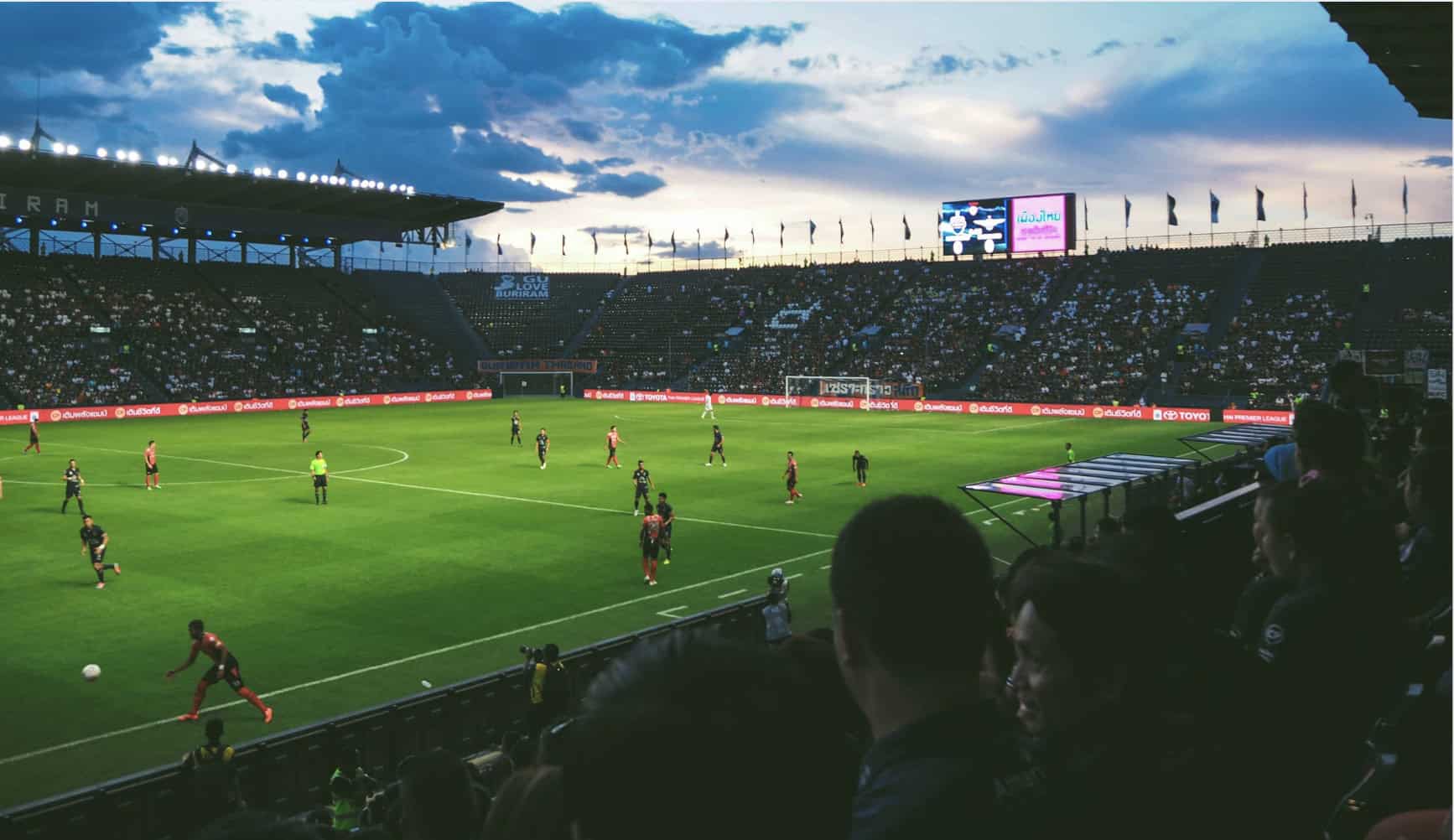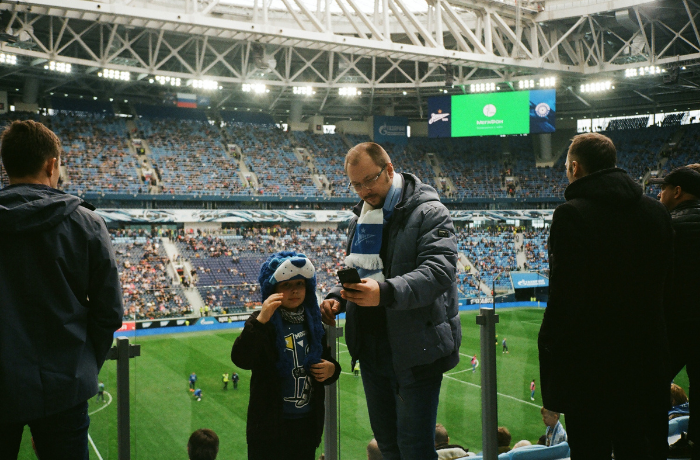
Junior Copywriter, Josh will use any excuse to talk about football. Here he talks about how clubs throughout the pyramid are aiming for authenticity above all else with their online and offline presence.
Football has seen itself being thrown even more into the limelight off the pitch over the past few months, with players raising millions for the NHS and for school children through vital fundraising campaigns. Then once they got back onto the pitch, the solidarity shown throughout the Premier League for the Black Lives Matter movement was an incredible show of unity that has never been seen before.
During these unprecedented times, the clubs themselves have realised that the work they do in their communities has never been more important. Not only that, the content they produce has never had more resonance than now, and fans can tell when the message they’re being given is genuine.
Genuine content is not only key for football clubs, but for any brand that wants to create a real connection with its audience. That can only come from knowing and understanding your audience by being sincere, sharp and transparent with your message. It’s something that even the smallest brands can (and should) take from footballing giants and learn from to apply to their own strategies.
Football teams are now catering for the TikTok, YouTube and FIFA-loving Gen Z fans, and also balancing that with work that will cut through to an older generation that’s becoming more media-savvy. The eyes on them have never been more hungry to take a peek behind the curtain in order to see beyond the training regime or a 90 minute match. This means that their media teams need to make every piece of content count.
Off the back of football clubs' content strategies accelerating over the past decade, there has been an extra battle for domination between clubs, this time for social media bragging rights. In the relatively new world of TikTok, football teams made up four of the top five most engaging sports teams on the platform, while on Instagram the top five is entirely football clubs. It’s not only about making the most engaged-with content though, some teams like Wolves are just having fun with their platform and still seeing amazing results.
It’s possible for teams to analyse internally whether their strategy works. Manchester City were one of the first teams to embrace a digital-first strategy when they worked with Method to create the innovative Cityzens app. This allows them to understand fan behaviour and engagement through analytics by keeping their supporters within the club’s digital ecosystem. Many clubs have followed suit on this model, by rewarding ‘loyal’ fans who download club-specific mobile apps with extra video and news content, it’s a model that works.

A fine example of a club putting in the hard yards in their community is West London’s Queen’s Park Rangers. At the start of the national lockdown they had players and senior playing staff ringing up their 50 oldest season ticket holders to check up on their wellbeing and welfare. Not only that, but the stories they tell on their social media accounts are nothing short of works of art, proving QPR are a true blueprint for showing smaller clubs how to show they care about their area.
Another club that looked after its supporters during the lockdown was Stevenage FC, with the club’s Community Careline delivering daily sandwiches to shielding residents. So to coincide with the launch of their new kit for 2020/21, their players visited those vulnerable fans to give them their food alongside a brand-new shirt.
While football clubs are clearly far-reaching and attract fans from across the globe with their appeal, their local support is still what makes them unique to that area. Nike’s Tell Us Never campaign to coincide with their new partnership with Liverpool FC for the upcoming season is an amazing example of a brand that understands the area it’s trying to appeal to. The amount of research and thought is clear from the outset, and is explained by Glenn Kitson - the video’s producer.
In the lower leagues, the stories that AFC Wimbledon tell are stunning. As they begin the final steps of their journey to go back to their spiritual home after nearly 30 years away, they’re telling stories of people involved with the club to coincide with this historic event. The #BackToPloughLane campaign in partnership with MUNDIAL and PUMA is full of storytelling elements that will resonate with fans and non-fans alike, and is a genuine joy to watch.
Fans of all ages need to believe the stories they’re being told by clubs and brands. Football teams are meant to represent and understand their area, not only on the pitch but off it too. In an age where content is king, it’s still important for these clubs to be able to connect with people through what they make, especially during a time where fans can’t make it to the games.
By managing the way they appeal to their local areas down to the minutiae, global football brands are proving just how easy it can be to create a genuine connection with their fans, and it’s by getting back to the grassroots.
The global lockdown has taught sports brands big and small that sincerity, connection and a genuine online and offline voice in their communities is what will make their fans stick around for more. We understand your audience because we participate in your culture, so if you want to make your voice heard through expert storytelling, branding, or with a brand-new social strategy, then get in touch with our team of experts to find your solutions.